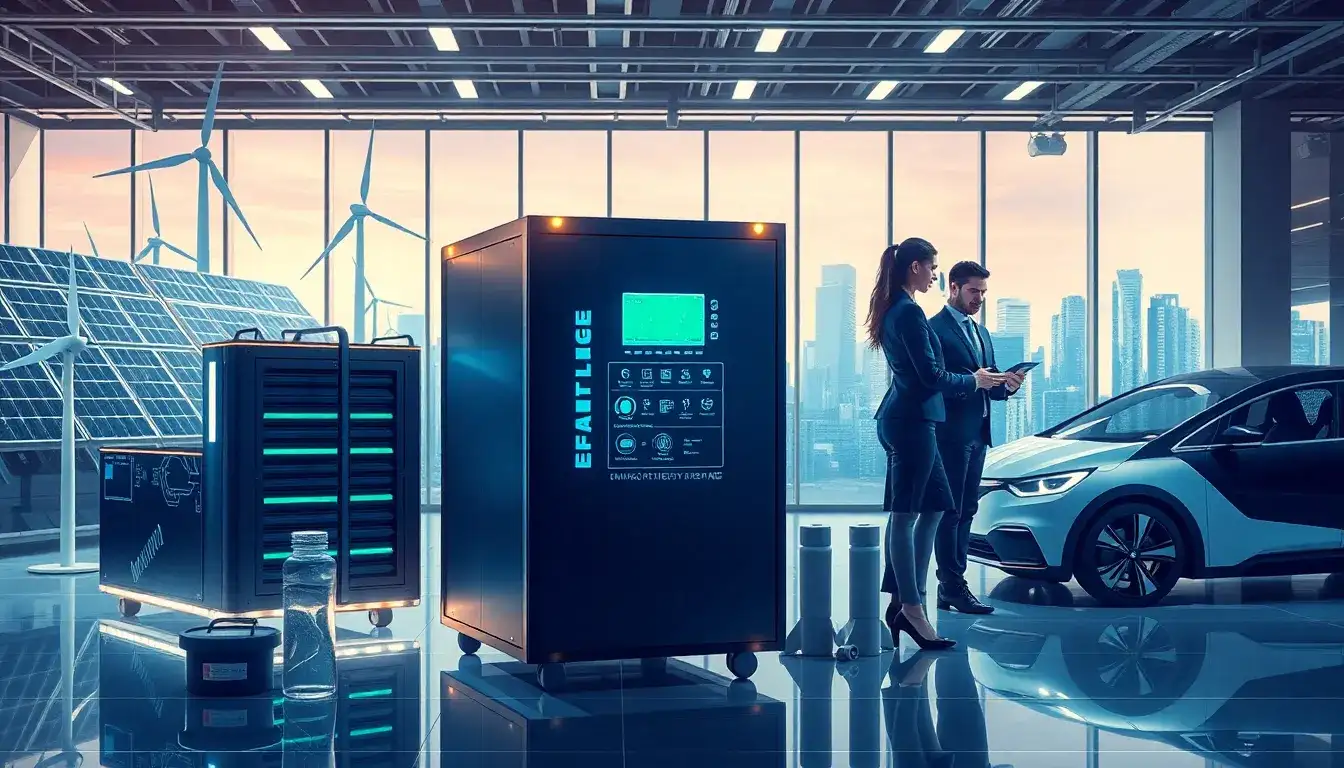
The Emergence of a Trillion-Dollar Energy Storage Revolution!
As the global energy revolution delves deeper, China’s energy storage industry is surging forward with an astonishing annual growth rate exceeding 200%. From Tesla’s Megapack to Huawei’s digital energy solutions, and from the mass production of sodium batteries to the deployment of virtual power plants, a monumental trillion-dollar industry war that impacts national fortunes has quietly begun.
Energy Storage: The Strategic Pillar of the Energy Revolution
Driven by policy support, China’s energy storage capacity is experiencing an average annual compound growth rate of 87%, especially in light of the “dual carbon” targets and the construction of a new power system. In the first quarter of 2023, the average net profit growth for 224 listed companies in the energy storage sector reached 52%, with 38 companies doubling their profits. Companies like GoodWe have seen profits surge by up to 34 times in a single quarter. According to the “14th Five-Year Plan” for new energy storage development, a target of 30GW of installed capacity by 2025 has been set, while actual market demand has already exceeded expectations by three times.
Technological Advances Ignite a Commercial Revolution
The cost of mass-produced sodium-ion batteries has decreased by 30% compared to lithium batteries, with a cycle life exceeding 6000 cycles. The cost of all-vanadium flow batteries has dropped to 0.3 yuan per kilowatt-hour, making them suitable for long-duration storage of 8 hours. Notably, Huawei’s digital energy has launched a smart string storage system that reduces the levelized cost of storage (LCOS) by 20%, effectively reshaping the industry’s profit model.
Market Structural Changes Create New Opportunities
In 2023, commercial and industrial energy storage installations have surged by 400%, while household energy storage exports have surpassed 100 billion yuan. Additionally, grid-side energy storage is shifting from “supporting construction” to becoming an “independent entity.” It is estimated that by 2025, the global energy storage market will reach $1.2 trillion, with China’s industrial chain expected to capture 55% of this market.
Identifying Three Key Players in Energy Storage
After extensive analysis, I have identified three leading companies in the energy storage sector. Be sure to remember the last one!
First: Contemporary Amperex Technology Co., Limited (CATL)
Industry Position: In 2022, CATL shipped 57GWh of energy storage batteries, holding a 43% global market share for six consecutive years.
Technological Advantage: Their exclusive CTP 3.0 Kirin battery technology boasts an energy density of 255Wh/kg and a cycle life exceeding 12,000 cycles, capable of functioning in extreme conditions down to -30°C.
Commercial Strategy: CATL has signed a 45GWh energy storage battery agreement with Tesla and won a 1.3GWh project in Saudi Arabia’s Red Sea New City, with energy storage revenue projected to exceed 80 billion yuan in 2023.
Second: Penghui Energy
Performance Surge: In the first quarter of 2023, Penghui’s household storage business revenue grew by 217%, with large storage orders scheduled through 2025 and a gross margin of 38.7%.
Technological Breakthrough: They have introduced the world’s first “sodium-lithium hybrid storage” system, reducing the cost per kilowatt-hour by 25% and receiving TÜV Rheinland certification, thus entering the top three suppliers in Germany’s household storage market.
Capacity Expansion: The Zhuhai facility has added 10GWh of capacity, bringing total capacity to 50GWh by 2024, securing 80% of production with major clients like Sungrow and Huawei.
Third: The Rising Star in Integrated Solar and Storage
Growth Engine: In the first quarter of 2023, this company reported energy storage revenue of 1.403 billion yuan, marking a remarkable 330% year-on-year increase, and it has climbed to become the second-largest player in the commercial energy storage market.
Global Strategy: Establishing six major storage centers in Europe and North America, it now derives 68% of its revenue from international markets and has gained UL certification, entering the supply chains of Walmart and Home Depot.
Technological Synergy: Their integrated solar and storage system has achieved an efficiency of 98.6%, with a joint venture with CATL exceeding 20GWh in capacity and securing 5 billion yuan in orders for 2024.
Disclaimer: This content is original and intended for reference only. The information provided is sourced from user contributions on the NetEase platform, which serves as a medium for information storage.







